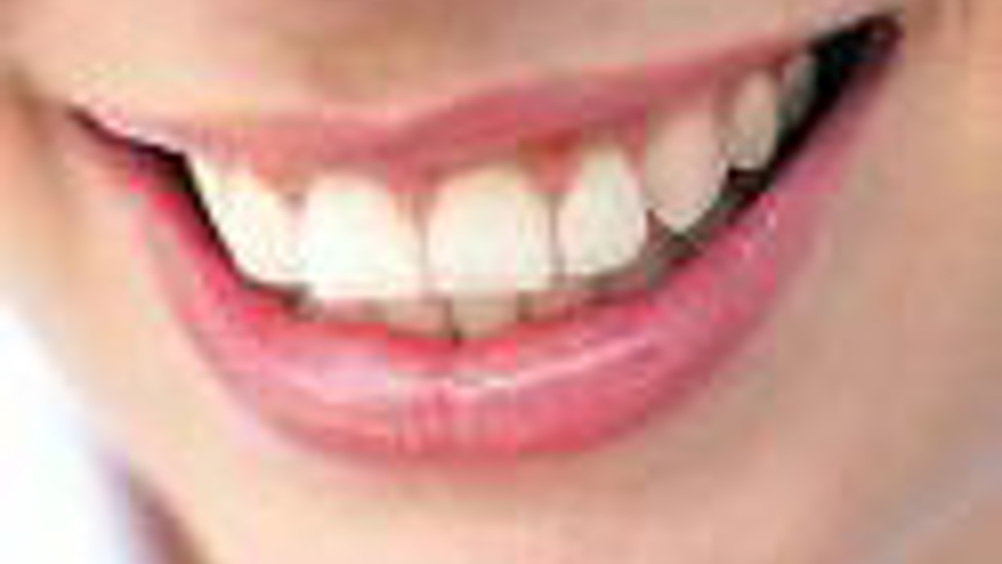Gelling solution curbs appetite

Scientists at Birmingham University have developed an aqueous solution that gels into a solid structure in the stomach to curb a person’s appetite.
The solution is formulated using a pH-sensitive hydrocolloid. Hydrocolloids are naturally occurring polymers, like starch in bread, and are commonly consumed as part of our everyday diet.
For this work, the researchers used a specific type of hydrocolloid, commonly found in a range of foods and eaten by millions of people every day.
Once this solution has been consumed, it is designed to respond to or take advantage of the stomach’s acidic environment and turn itself into a gel. The strength of this gel has been engineered so that it is firm enough to provide a prolonged sense of fullness, usually associated with the consumption of solid foods rather than liquid-like products such as thickened drinks.
The scientific team explained that this is why, while this gel structure ‘sits’ in the stomach, it suppresses appetite, making a person feel full for longer and reducing the likelihood of snacking.
The approach is designed to reinforce the habit of eating three square meals a day.
Register now to continue reading
Thanks for visiting The Engineer. You’ve now reached your monthly limit of news stories. Register for free to unlock unlimited access to all of our news coverage, as well as premium content including opinion, in-depth features and special reports.
Benefits of registering
-
In-depth insights and coverage of key emerging trends
-
Unrestricted access to special reports throughout the year
-
Daily technology news delivered straight to your inbox










UK Automotive Feeling The Pinch Of Skills Shortage
Not so much attracting skills to the UK but generating skills within the UK is what is needed! That statement suggest they are in effect wanting to...